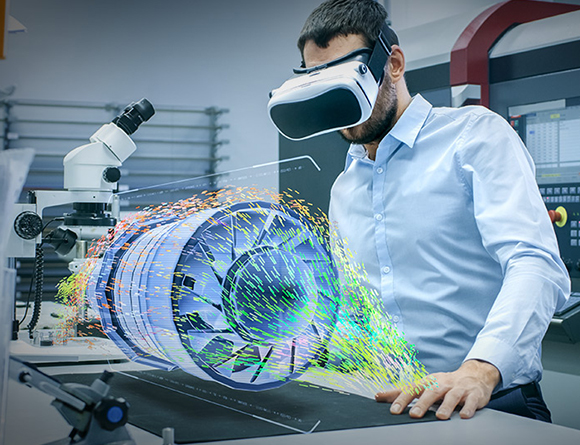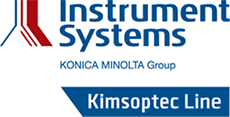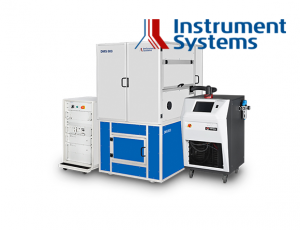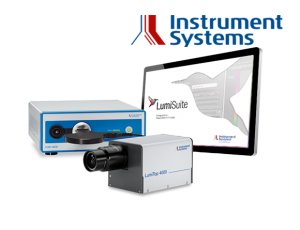AR / VR
Measuring near-to-eye AR/VR displays in head- mounted displays (HMD)

Quality control of AR/VR displays for homogeneity, contrast, angle dependency and color fidelity
Head-mounted displays (HMD) project a computer-generated image. The wearer is immersed in a virtual world (virtual reality) or receives additional information (augmented reality) superimposed on the real image. In their devices most HMD manufacturers use displays that are worn very close to the eye.
AR/VR devices are used in various fields of applications. For example, AR/VR glasses may be used to assist machine operation in production, in the medical field, transport industry or the entertainment branch.
Display or calibration errors distract from the wearer’s sense of immersion in the virtual world. In quality assurance they must be reliably recognized and evaluated. This opens up a new and exciting field for display measurement subject to constantly changing demands on the technology.
The challenges: Large field of vision, near-to-eye displays
The displays of immersive VR devices generate images in an extremely broad field of vision. Today some VR glasses cover the entire horizontal field of vision of the human eye. To enable realistic measurements, an imaging system must therefore capture all areas of the virtual image.
The close proximity of the display to the eye also magnifies display defects, making them more prominent to the wearer. At the same time, the resolution of these displays is constantly increasing, with the aim of creating an illusion that is as near as possible to reality. To ensure reliable results, measuring instruments require excellent resolution, if possible at pixel level.
The more similar the measuring instruments mimic the human eye, the better the entire field of vision and the relevant defects can be recognized.


